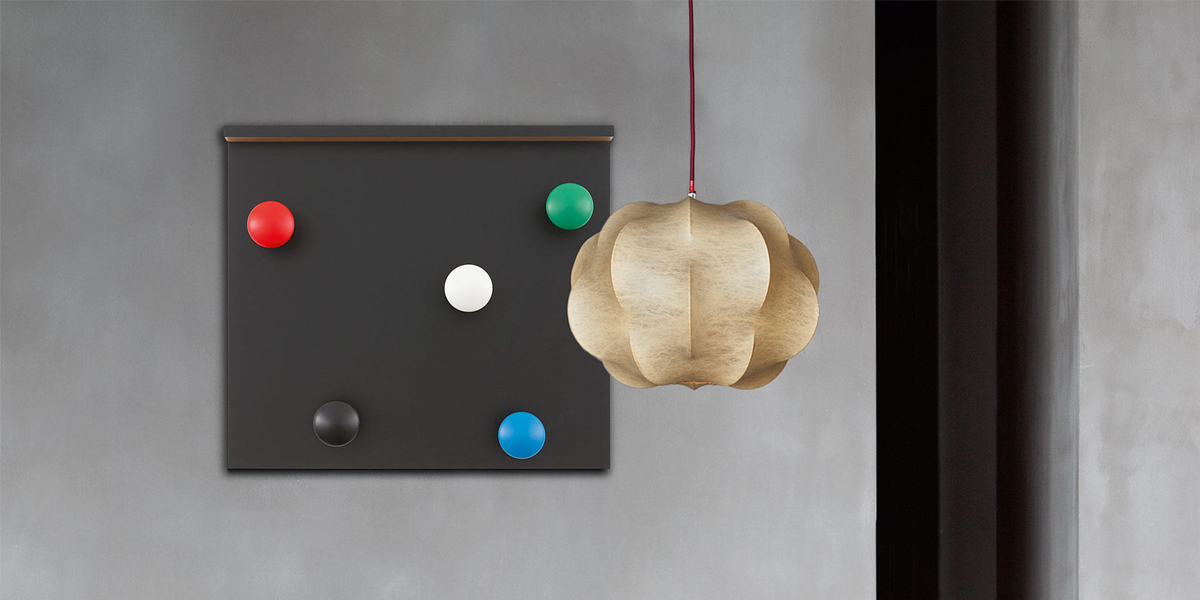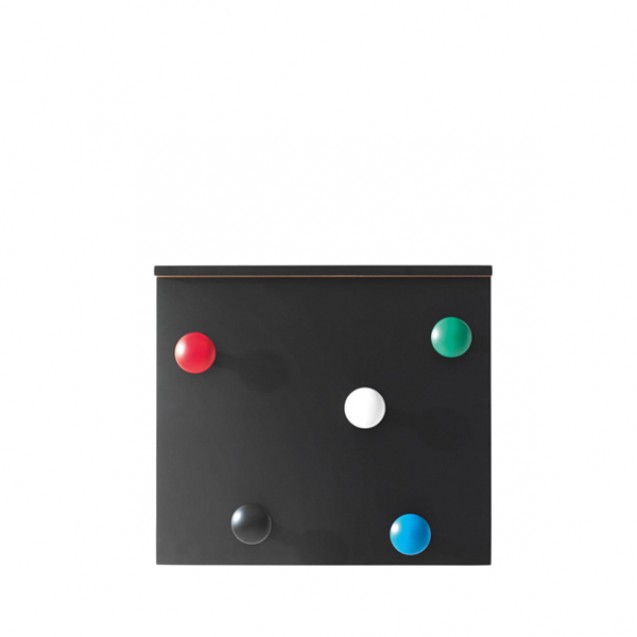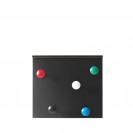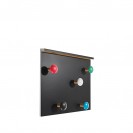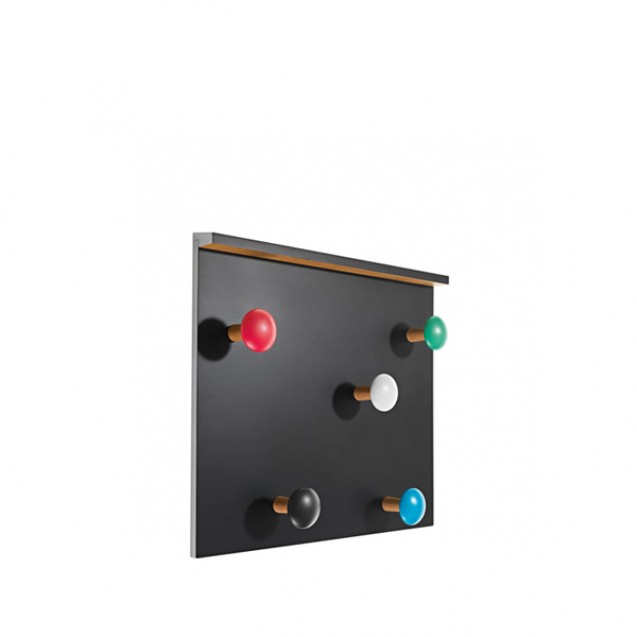LC17 Portemanteau
This coat-rack was originally
created by Le Corbusier for the Cabanon, a summer-house on the Cote d’Azur that
he designed in 1951 as a birthday present for Yvonne, his wife. This re-issue
by Cassina is based on the 1957 version, which had been made for the Unités de
Camping, which was next to the Cabanon. In line with the bright colours used
for these minimal spaces, keyed on the compact comfort offered by a cruise-ship
cabin, the coat-rack too was multi-hued. The base is made of oak, while the
hooks are mushroom-shaped, and are placed at varying heights, based on the
criteria established in the Modulor.
| About Designer | |
|---|---|
Le Corbusier |
Chaux-de Fonds/Roquebrune-Cap-Martin, 1887/1965 Charles-Edouard Jeanneret, known as Le Corbusier, was
born at La Chaux-de-Fonds, in the Swiss Jura, in 1887; he died in France, at
Roquebrune-Cap-Martin, on the French Côte d’Azur, in 1965. Early in his career his work met with some resistance
owing to its alleged «revolutionary» nature and the radical look it acquired
from its «purist» experiments; in time , however, it won the recognition it
deserved and it is still widely admired. His message is still being assimilated
by an ever increasing number of people in the profession, but his far-out
avant-garde attitudes should be interpreted with due consideration for the use
of rational systems in his planning method, evidenced by extremely simple
modules and formes based on the functional logic. «Functionalism tending not so much to an exaltation of
the mechanical function at the expense of the symbolic, as to the rejection of
symbol that he now considers outmoded and insignificant and the restoration of
the pratical function as a symbol of new values»(¹) In his activities as town-planner, architect and
designer, his method of research continued to develop, at times going to the
opposite extremes of a rich plastic idiom. Instances of this are: Unité d’Habitation, Marseille (1946-52); the Chapel at Ronchamp (1950-55); the Dominican Monastery «La Tourette» (1951-56); the Centre of Zurich (1964-65) the Hospital in Venice (1965). Much the same commitment will be found in the
furniture of the Equipement intérieur de l’habitation (tables, chairs,
armchairs, sofas) designed for the Salon d’Automne, 1928, with Pierre Jeanneret
and Charlotte Perriand and “Casiers Standard”, system of container units
designed for the Pavillon of the Esprit Nouveau, 1925, with Pierre Jeanneret.
Cassina re-proposes this furniture
considered “up-to-date”; its clear and essential “form” is highly adaptable to
change in time and in environment, constantly providing new significance. |
